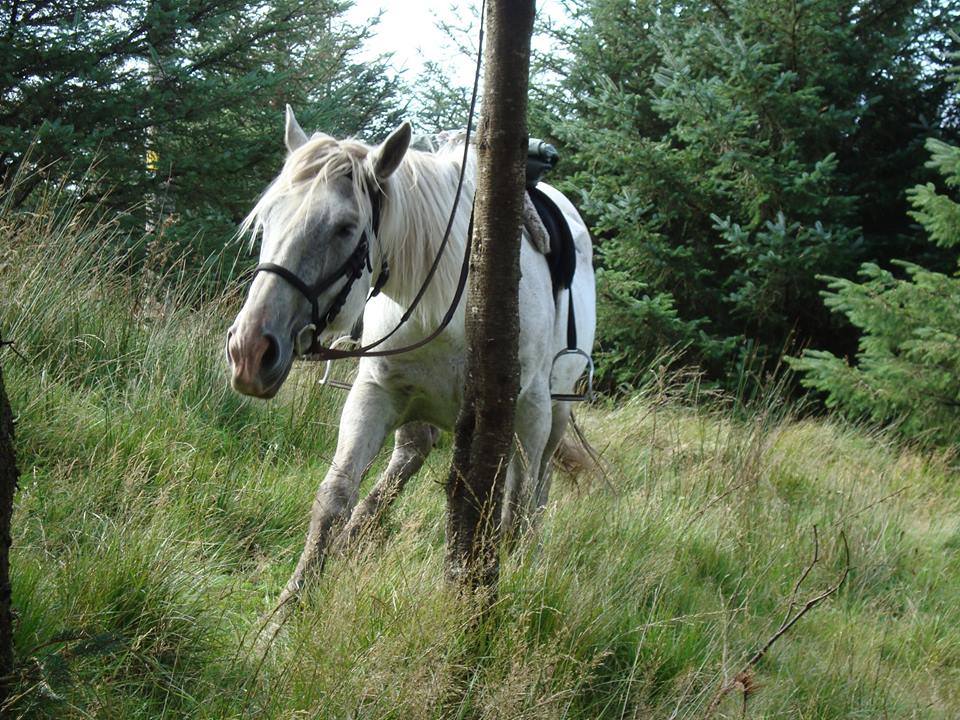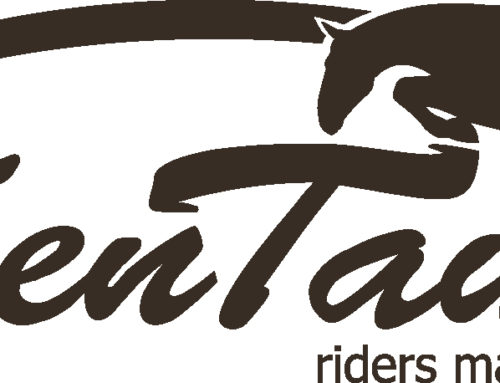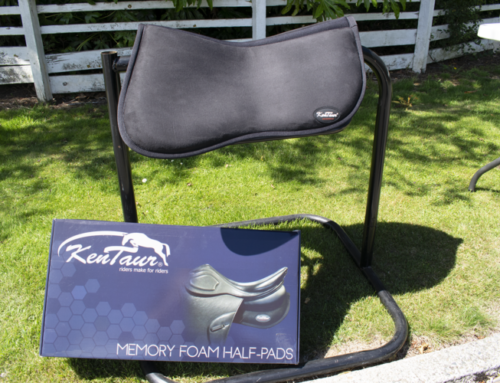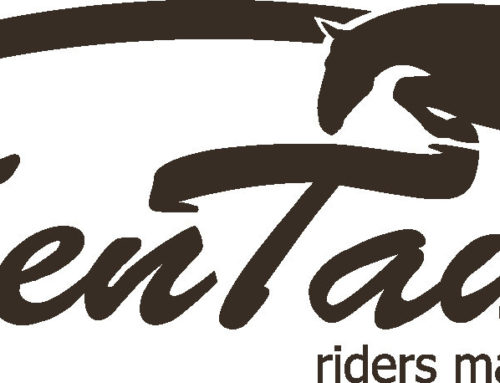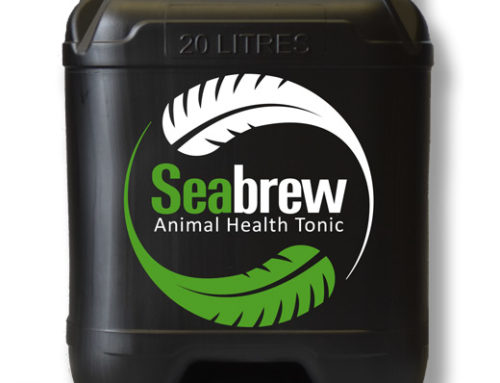(Source: SonoVet Equine Sports Therapies 22/8/17)
Recent studies show that many horses suffer from sleepless nights which poses enormous stress upon the animals and risks for the horses themselves as well as the people handling and riding them. These horses need help!
How to notice your horse is suffering from lack of sleep and what to do to help…
Symptoms of sleeping disorders in horses can be very multifaceted. Whether the horse presents as being unable to concentrate and irritated, or whether your horse just doesn’t seem to care, or it seems apathetic and not taking notice of what is happening around it, even seeming almost hysteric and unable to relax – all could indicate your horse is not sleeping well.
Sleeping disorders are much more common in horses than anticipated – sometimes with fatal consequences as proven by a recent study done by veterinarians C. Fuchs and L. Charlotte Kiefner (university of Munich).
The original subject of the study had been narcolepsy in horses – a disorder of the natural sleep-wake rhythm due to lacking hypocretin, a neurotransmitter in the brain. Affected horses spontaneously lose muscle control and break down (most of the times their front limbs seem to suddenly give in).
The goal was to find out whether seizures are more likely to happen during resting or in stressful situations (like in humans and dogs). And would adult horses be just as likely be affected as foals? Chances are rather only foals are suffering true narcolepsy.
Nevertheless, stories of adult horses suffering narcolepsy and literally breaking down as soon as they take a nap are in their thousands.
This led to concentrating the study on a new hypothesis: Are all these so-called narcoleptic horses truly suffering narcolepsy or are they simply tired beyond control?
During their study 37 horses were monitored via video in a mobile sleep laboratory. Brain waves, eye movements and muscle tension were measured – the result: All horses lacked REM (the dreaming phase of sleep). REM stands for Rapid Eye Movement – when we or our horses are sleeping deep and dreaming, the eyes move quickly.
Horses can not enter the REM phase without lying down to sleep. This is due to the muscle tension being reduced to an absolute minimum during REM – this is the difference between a nap (which horses can easily do standing up) and deep sleep with REM phases.
Although horses are able to sleep whilst standing, in order recover and relax physically and mentally they have to lie down every now and then. Healthy horses sleep about 3-5 hours each night of which about 1-3 hours are spent lying down.
The sleep patterns of the horses in this study were very different: 35 of the 37 horses did not lie down at all, 2 spent only 24 minutes lying down to sleep. Whilst lacking this regeneration time does not have much noticeable impact if it happens for a few nights in a row, when it happens for weeks and months, consequences are quite severe.
The horses present as unable to concentrate and suffering a variety of behavioural issues, but more importantly, falling into the much-needed REM phase suddenly and uncontrolled poses high risks for severe injuries (for both, the horse and the rider or people standing close by).
When REM hits unexpectedly, all muscle tension is gone from one second to the next and the horses break down. Sometimes horses would rest standing whilst their heads were coming lower and lower, their bodies would start to sway or stagger and suddenly their front legs would give way so that the horses ended up landing on their pastern or completely knocked over. Many of the horses in this study showed old injuries on their front legs and heads – typical signs of horses lacking REM sleeping phases.
One of the horses even had suffered a fracture of the cheekbone, another one had fractured its tailbone so badly the tail had to be amputated. During their 24-hour monitoring the vets counted the incredible number of 2328 collapses in those 37 horses – that makes and average 63 in each of the 37 horses in only 1 day! The sad champion was one horse suffering 199 collapses (about one every 7 minutes!). Most of these collapses happened during the night, mainly between 4:00 to 4:30 am which resembles the normal sleeping patterns of horses. This is the time healthy horses usually are in REM – the horses in the study too were in REM when they collapsed.
But – why aren’t the horses simply lying down to get their REM?
One of the main factors is stress, e.g after being moved to a new stable, agistment, coming into a new herd etc. With most of the horses participating in the study the symptoms started after being moved to a new environment, furthermore, for 36% of the horses that were stabled over night the stable space was too small. But sleeping disorders can develop in every environment, whether the horses are stabled or in a paddock. Problems within the herd hierarchy or changes in the herd (horses being moved out or moved in), noise and disturbance during the night, health issues like arthritis (horses don’t lie down because they find it difficult to get up again) etc can also trigger the issue. Often horse owners observed that multiple horses in the same herd started symptoms about the same time which indicates external stress factors as trigger.
How do I find out whether my horse sleeps regularly and well?
Here is a 12 question test that might help you to find out:
Best is if you are able to monitor your horse’s sleeping patterns for a couple of nights via video to find out how often and for how long your horse is sleeping.
- Does your horse have any structural/pain issues like arthritis?
- Can you observe your horse lying down regularly?
- Does your horse’s coat, tail, mane etc show any signs of having laid down? (dirty patches, grass/straw etc)
- Do you see your horse roll every now and then?
- Does your horse frequently show cuts, bruises, injuries on the front legs, pasterns, face, lips?
- Does your horse show frequent injuries along the hind legs (stifle, tail area, sides)?
- In the herd hierarchy, would you place your horse as being in the lower ranking?
- Does your horse look happy and content and is its performance steady?
- Is your horse frequently taking a nap whilst being tied up, groomed etc?
- Did you recently move your horse into a new environment?
- Did your horse recently suffer health issues like colic or was your mare pregnant?
- Did you or anyone else in your stable watch your horse taking a nap and suddenly breaking down or tipping over?
Going through this list of questions, did you see many indicators for disrupted sleep/lacking REM?
What you can do to help your horse:
It is assumed that after a while this sleeping pattern becomes behavioural so that even if the initiator(s) that started the sleeping disorder have been dealt with, the horse will not return to healthy sleeping patterns. Hence it is important to address such issues at a stage as early as possible. It has severe impact on the physical as well as mental health of our equine partners and often ends with the horse having to be put down to stop the suffering.
It is a tricky challenge to identify and to eradicate the triggers for equine sleeping disorders, no question, but think about it, what could have triggered it ? Did you move your horse to a new environment, might it feel unsafe within the herd or in its surroundings, is there much action/noise during the night? Did you change the bedding in your stable/shelter? Horses prefer to lie down on straw rather than on wood shavings, rubber mats or hard soil. Is the space given large enough for the horse to comfortably lie down and safely get up (the area should be at least 2-3 times the size in square of the horse’s height)?
Check whether your horses sleeping changes if it is allowed to spend the night differently (e.g. a different stable, not stabled at all, being with other herd members etc) or think about changing the place your horse lives – which at first might worsen the condition but could also be of tremendous relief for your horse. 3 of the horses in the study went straight back to normal sleeping patterns after being moved to a new environment.

